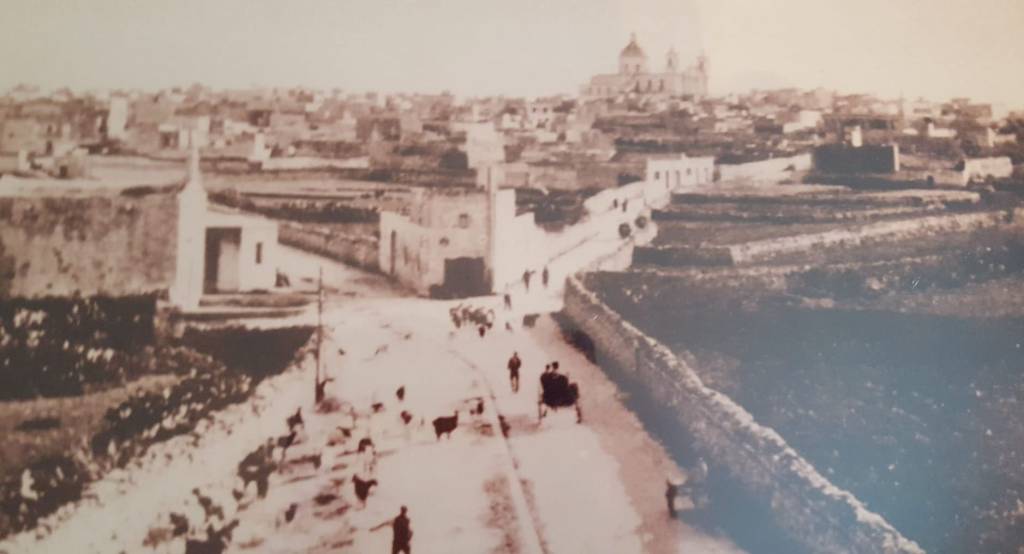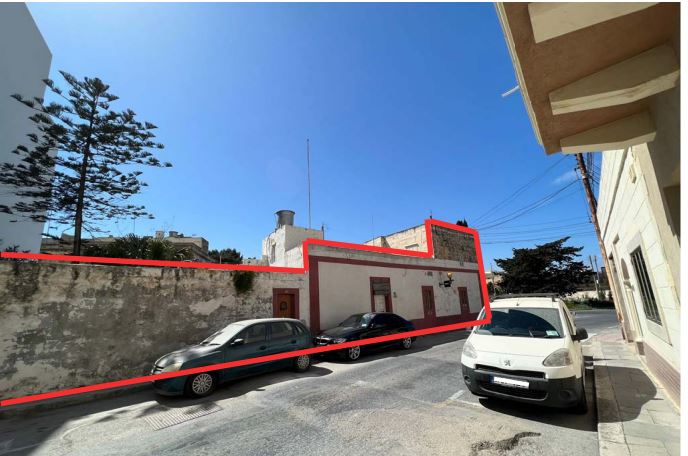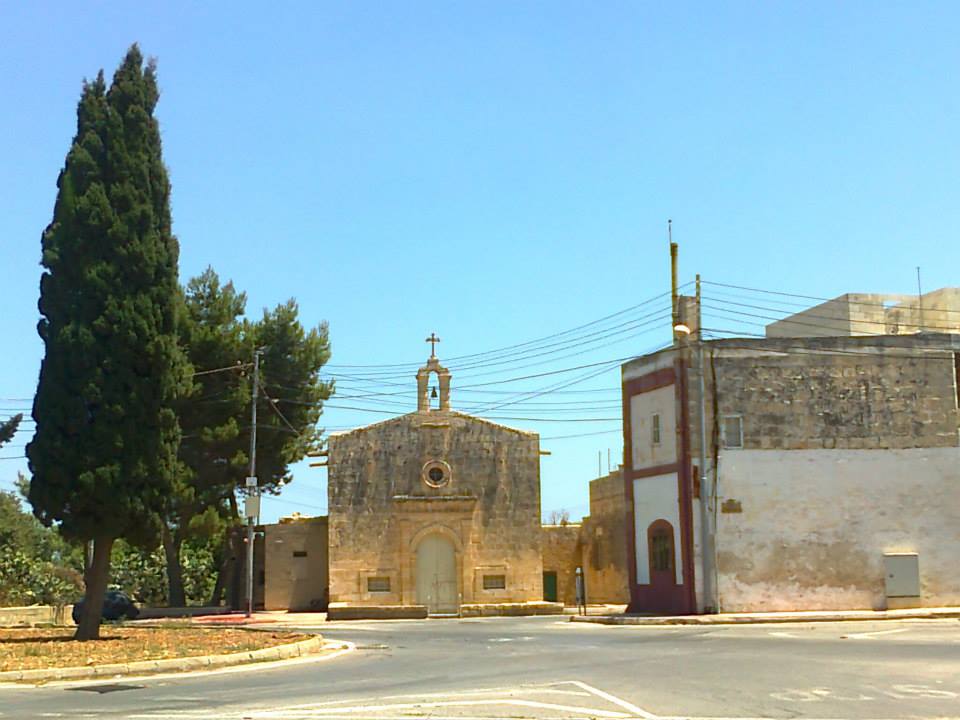The Archdiocese of Malta has joined hundreds of others in objecting to a development application that would see a Żejtun townhouse dating back to the 18th century replaced by an apartment block that would dwarf its neighbour: the 17th century St Clement’s Chapel.
PA/6418/22 would see the existing townhouse – and its garden – which occupy a triangular plot at the junction between Triq San Klement and Triq Joe Attard torn down and replaced with a five-storey structure which would house ground-floor garages and a single office, nine apartments and a penthouse.
The project is being proposed by E&TM co Ltd, a company owned by brothers Emanuel and Thomas Mifsud; its architect is Karl Borg, a partner in the firm Urban Day Ltd.
While all other structures on its side of Triq San Klement fall within the Urban Conservation Area, none of the structures on Triq Joe Attard are included, and the Żejtun UCA abruptly ends at the very edge of the property.
But a historic photograph of the area shows the townhouse and chapel largely surrounded by fields – before the construction of numerous nearby houses which received the UCA protection that was denied to it.

A chapel built by a hero of Malta’s last major Ottoman raid
The chapel’s unusual dedication to St Clement – the fourth pope of the Catholic Church – is due to its founder, Żejtun landowner Clement Tabone. Tabone had been part of the militia which had helped repel the last major Ottoman attack on Malta, which took place in 1614.
That year, 60 ships with some 5-6,000 men onboard landed at St Thomas’ Bay, raiding and pillaging nearby towns and villages – which at the time, all formed part of the Żejtun parish.
Tabone earned renown for his bravery during the raid, and had reportedly vowed to build a chapel dedicated to the saint who bears his name should his life be spared: the chapel was completed by 1658, a date inscribed on its façade together with the Tabone coat of arms.
The chapel’s titular painting was painted by Stefano Erardi, whose works may be found in many of Malta’s churches and chapels. It is believed to show an elderly Tabone praying to the saint.
Despite its age, the chapel is yet to be scheduled: NGO Wirt iż-Żejtun and the Żejtun local council proposed it for scheduling due to its high architectural and historic value last year. It is nevertheless included in the National Inventory of the Cultural Property of the Maltese Islands.
And it is one of 13 community sites that is set to be restored by 2024 as a result of the seventh call for applications for the Restoration Works Scheme for Local Councils.

Townhouse dates back to at least 1793
Wirt iż-Żejtun had also led objections to the proposed demolition of the nearby townhouse which is just 7m from St Clement’s Chapel – hundreds have since taken its lead.
Its argument was not solely centred on the value of the chapel: it emphasised that the townhouse itself deserved protection. With this in mind, it presented documentation showing that the townhouse dates back to at least 1793; at the time, it was the first Żejtun building which would be seen by travellers coming from Cottonera.
The NGO also pointed out that the building’s façade includes a plaque commemorating the death of master mason Ġanni Cassar, who was fatally injured when he fell from his horse near the house in 1886. Cassar had built Żejtun’s police station, which remains one of very few purpose-built police stations in Malta.
The Superintendence of Cultural Heritage subsequently also argued that the townhouse itself merited preservation as it objected to the application.
“Despite a number of modifications it still includes traditional features, including beamed ceilings, double thickness walls and a spiral staircase that merit preservation,” it said as it confirmed that the building was one of the oldest buildings in this part of Żejtun.
“The Superintendence immediately objects to the total demolition of such vernacular properties,” adding that in it also “expresses concern about the proposed massing and the negative impact on the nearby chapel.”
The Archdiocese joins the fray
Perhaps unsurprisingly, however, it was primarily concern about the impact on the historic chapel that led the Archdiocese of Malta to register an objection through its architect and project manager Ramon Gauci.
The chapel, Gauci argued, “merits due recognition in the assessment and determination of development applications in the vicinity,” in line with the Strategic Plan for Environment and Development 2015.
The Archdiocese also maintained that the contemporary character and choice of materials of the proposed development – a concrete apartment block typical of the numerous such projects that have mushroomed in Malta’s localities in recent years – jarred with the chapel, and also ran counter to policies which encouraged development applications to respect and enrich their context.
Objections by Moviment Graffitti and the Żejtun local council’s objections largely echoed those of Wirt iż-Żejtun, but the council also emphasised that the locality has suffered a similar mistake in the past.
“Let us not allow the mistake that took place right in front of the Jesus of Nazareth Church repeat itself here,” it appealed, in reference to a development that had even drawn the objections of President George Vella, a Żejtun native.
Source: Newsbook.com.mt





